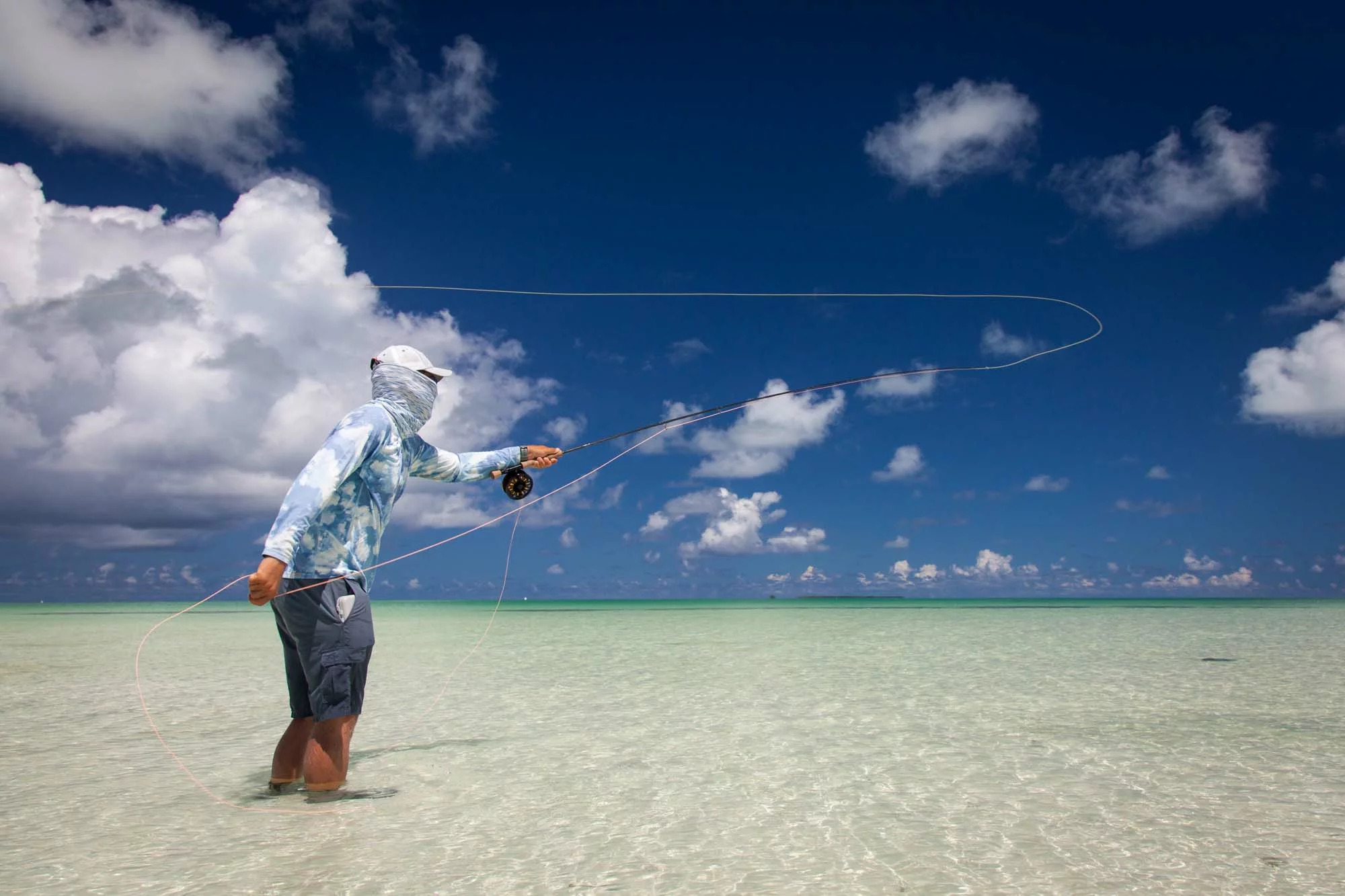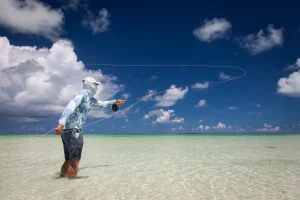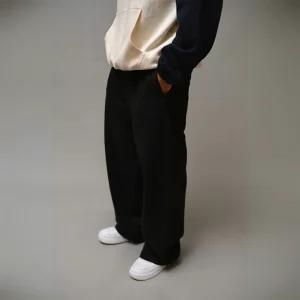Expert Tips for Using a Fly Fishing Combo Effectively
Fly fishing is both an art and a skill, and mastering it requires more than just passion—it demands the right equipment and techniques. One of the most essential tools in any angler’s arsenal is the Fly fishing combo, a perfectly matched rod and reel set designed for balance and performance. Whether you are a beginner looking to improve your form or an experienced angler aiming for precision, using your fly fishing combo effectively can make all the difference between a frustrating day and a rewarding catch.
Understanding Your Fly Fishing Combo
Before you can use your fly fishing combo to its fullest potential, it’s important to understand its components and how they work together. A fly fishing combo typically includes a fly rod, a fly reel, and a matched fly line. Each piece is carefully paired to ensure optimal casting distance, accuracy, and line control. By knowing the specifications of your rod and reel, you can adjust your technique for better results.
The Fly Rod
The fly rod determines your casting style, line weight compatibility, and overall control. Lighter rods are ideal for delicate presentations in small streams, while heavier rods are designed for battling larger fish in challenging waters.
The Fly Reel
The fly reel not only holds the line but also assists in fighting fish. A well-balanced reel helps maintain a smooth casting motion and provides the drag needed to tire out strong fish without breaking your line.
The Fly Line
The type and weight of your fly line should match your rod specifications. Choosing the right line ensures better energy transfer during casting and more accurate fly presentation.
Setting Up Your Fly Fishing Combo Correctly
A perfectly set up fly fishing combo ensures comfort and efficiency on the water. Improper setup can lead to poor casting, tangled lines, and lost fish.
Matching the Rod and Reel
Ensure that the rod and reel are balanced in terms of weight. A poorly balanced combo can cause fatigue and reduce casting accuracy.
Spooling the Fly Line
When spooling your reel, maintain even tension to prevent tangles. Always load the correct backing before attaching the fly line to ensure you have enough capacity for long runs.
Checking Connections
Make sure all connections, including knots and loops, are secure. Weak points can fail under the pressure of a large fish.
Mastering Casting Techniques with a Fly Fishing Combo
Proper casting is the foundation of successful fly fishing. Even with the best fly fishing combo, poor casting technique will limit your results.
The Basic Overhead Cast
Start with short casts to develop timing and rhythm. Focus on smooth acceleration and abrupt stops to load the rod and release the line effectively.
Roll Casting for Tight Spaces
Roll casting is ideal for areas with limited backcasting room. It allows you to present the fly without tangling in surrounding vegetation.
Double Haul for Distance
When you need to reach distant fish, the double haul technique increases line speed and casting distance without overexerting your arm.
Maximizing Accuracy and Presentation
A fly fishing combo is most effective when it delivers your fly exactly where you want it, in a way that looks natural to the fish.
Understanding Wind and Current
Adjust your casting angle and power to counter wind resistance and current speed. This ensures the fly lands softly and stays in the strike zone longer.
Perfecting Leader and Tippet Setup
A tapered leader ending in a fine tippet helps present the fly naturally. The lighter the tippet, the more realistic the presentation—but balance this with the fish size and environment.
Mending the Line
Line mending is a critical skill for drift control. By repositioning your line on the water, you can eliminate drag and keep your fly moving naturally.
Maintaining Your Fly Fishing Combo
Proper maintenance extends the life of your equipment and keeps it performing at its best.
Cleaning After Every Trip
Rinse your rod, reel, and line with fresh water after fishing—especially in saltwater environments—to remove dirt and debris.
Storing Correctly
Store your rod in a protective tube and your reel in a padded case. Avoid prolonged exposure to direct sunlight or moisture.
Inspecting for Wear
Regularly check for cracks in the rod, corrosion on the reel, and fraying in the line. Early detection can prevent costly repairs or replacements.
Adapting to Different Fishing Environments
Your fly fishing combo can be versatile if you adjust it to the conditions and species you’re targeting.
Small Streams
Use shorter rods and lighter lines for precise presentations in tight spaces where stealth is essential.
Large Rivers
Opt for longer rods and heavier lines to handle distance casting and strong currents.
Saltwater Fly Fishing
Choose corrosion-resistant reels and lines designed for saltwater species to withstand harsh marine conditions.
Common Mistakes to Avoid When Using a Fly Fishing Combo
Even seasoned anglers can make errors that reduce their success rate.
Overpowering the Cast
Using excessive force can lead to tailing loops and poor accuracy. Focus on technique, not brute strength.
Ignoring the Wind
Failing to adjust your casting style for wind can result in poor presentation and missed opportunities.
Neglecting Gear Maintenance
Skipping routine cleaning and inspections can cause your fly fishing combo to deteriorate quickly.
Practicing for Continuous Improvement
Skill development is a continuous process in fly fishing. Dedicate time to practice different casting techniques, experiment with various flies, and learn how fish respond under different conditions. The more familiar you become with your fly fishing combo, the more natural and effective your movements will become.
Conclusion
Using a fly fishing combo effectively is about understanding your equipment, practicing the right techniques, and adapting to changing fishing conditions. From setting up your gear properly to mastering casting, presentation, and maintenance, every step contributes to a better fishing experience. With dedication, attention to detail, and the right approach, your fly fishing combo will become an extension of your skills, helping you land more fish and enjoy every moment on the water.














Post Comment